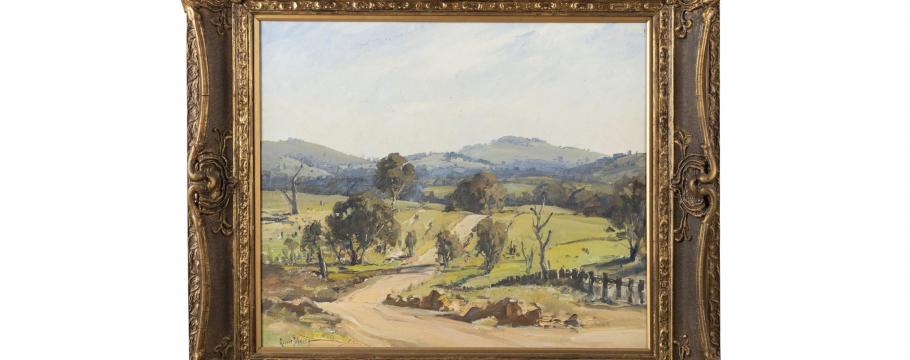
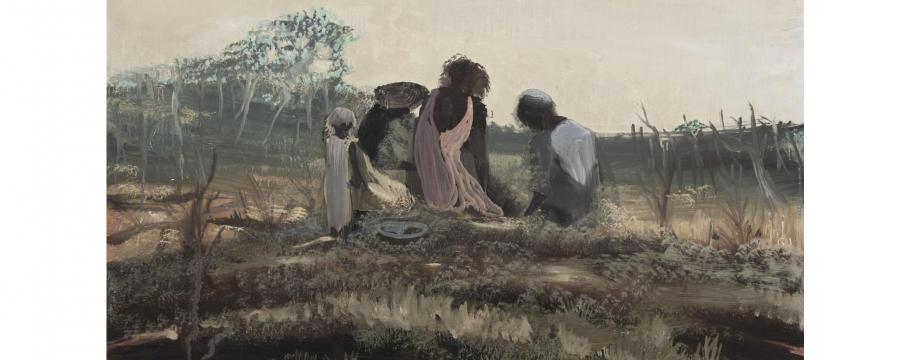
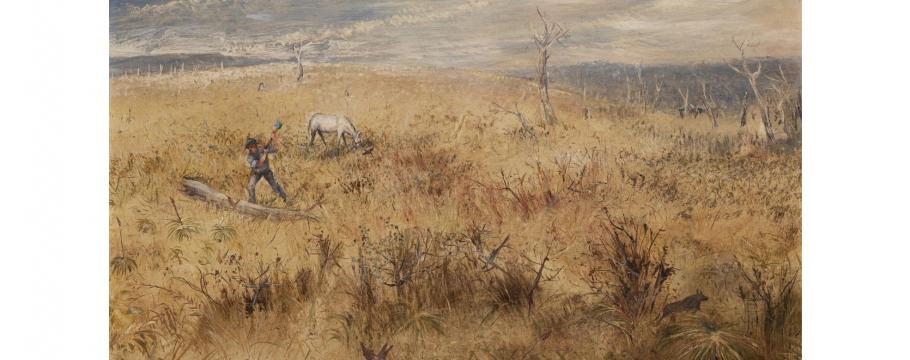
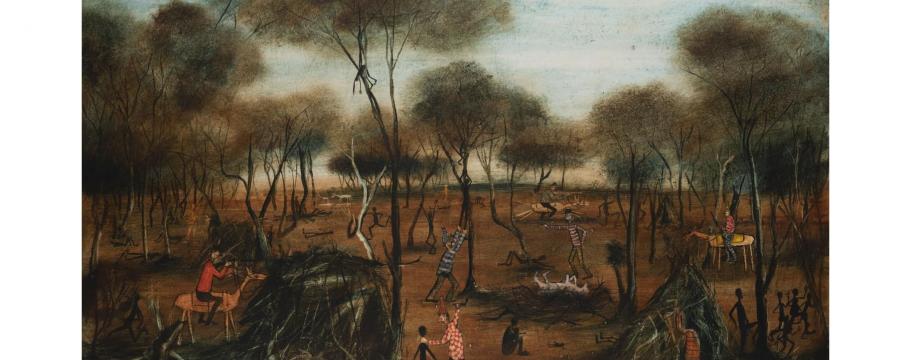
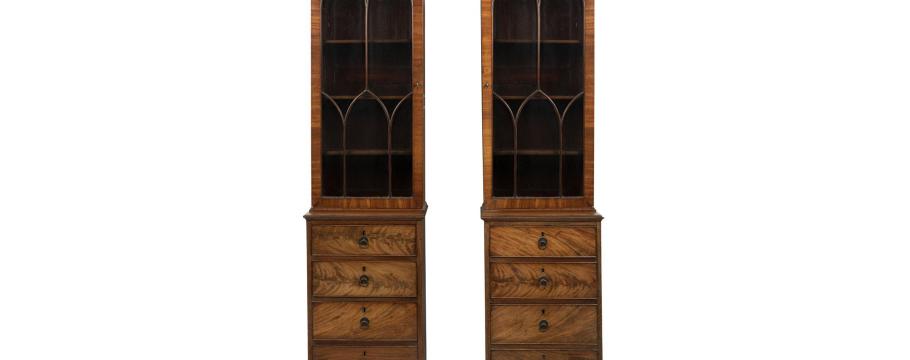

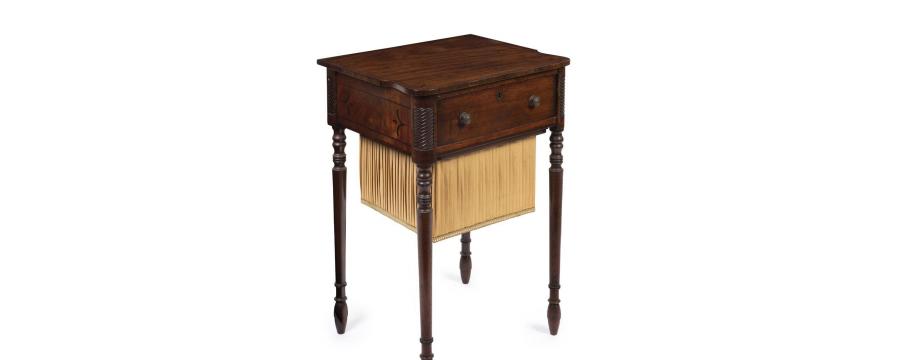


Auction items reflect the beauty of their Australian home
Author: Richard Brewster | Posted: 26th August, 2021
Items coming to auction from the Foster Collection at the magnificent 1930s Mount Eliza mansion Dendron House are a true reflection of its beauty.
The home has been in the Foster family for six decades and each of the items being offered by Leski Auctions from 2pm Sunday September 5 is, in the words of the auction house, “new to the auction market”.
Each lot has been in the family for years with many arriving with Dr Bryan Foster and his family in the 1930s when they arrived from England.
Some of the earliest invoices for items purchased after the family arrived in Australia (from Melbourne antique dealers) date from the 1950s to the 1970s.
The Leski auction is a comprehensive representation of artworks, ceramics, furniture and glassware from the mansion.
Given current Victorian COVID-19 lockdown restrictions, the sale may well be conducted in an empty auction room with online, telephone and absentee bidding the only way of procuring items. Likewise, viewing – scheduled for 10am-5pm from Thursday September 2 until Saturday September 4 – might also be only online.
A artwork highlight is the Robert Johnson (1890-1964) painting (lot 142) entitled Road to Yass. It is signed lower left and has a hand written letter by the artist dated 1962 to the current vendor’s father and a sales receipt from Melbourne’s John Hogan Art Appraisers for 135 guineas.
Another is James Wigley’s (1917-1999) Dinner Time (lot 152) with an accompanying 1965 South Yarra Gallery receipt for £236.
Paintings by Australian artists were also valued by the family and occupy important positions in the home. Typical is lot 126, Arthur Boyd’s (1920-1999) iconic Wimmera image from his important 1950s series – a work that has not been seen in public for almost seven decades.
So is the dramatic Miners’ Revenge, Broken Hill (lot 127) by Pro Hart (1928-2006), painted in 1964 and acquired by Dr Foster six years later.
Undoubtedly one of Hart’s most important pictures, it is a stark contrast to his later, light hearted celebrations of country life – fishing in the river, a country football or cricket match, mates enjoying a beer at the end of the day – or his landscape and wildlife studies.
Here, early in his career, a mid-30s Pro Hart creates a painting deeply rooted in the real and tragic history of conflict between the Indigenous Broken Hill community and the white men who occupied their lands.
It is a shocking and shameful episode where at least 14 tribesmen were murdered for killing a single sheep – a controversial subject for an aspirational artist, particularly in the early 1960s.
Among the furniture is a pair of English Hepplewhite mahogany bookcases (lot 26), purchased in October 1963 from Windsor Antiques, and a set of six English mahogany spade back Trafalgar chairs (lot 37) – a 1957 acquisition from McPhee Antiques. Lot 35, a circa 1800 Georgian mahogany work table is another attraction.
Interesting timepieces include a 19th century French figural mantel clock (lot 18) with 15-day time and strike movement in green onyx adorned with silver gilt mounts.
Lot 161 – an early 20th century Bernard Moore flambe vase with fish motif – and lot 163, a circa 1825 English mantel vase decorated with applied flowers and figures, are good examples of the porcelain on offer.





